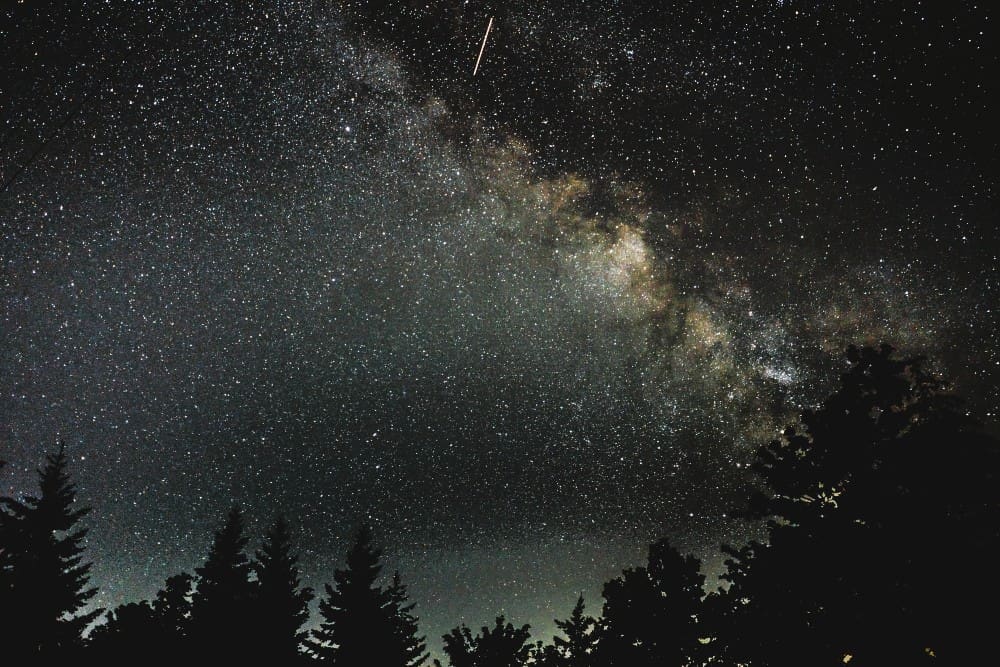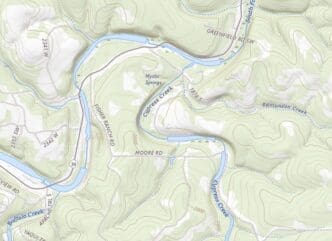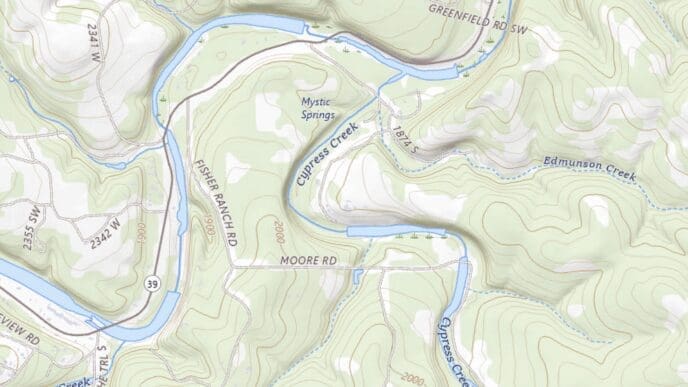The Lyrid meteor shower is set to offer an opportunity to witness spring’s first shooting stars. Historically, the Lyrid meteor shower has stunned observers with displays of up to 100 meteors per hour. However, the upcoming peak, occurring on a Tuesday morning, is expected to be more subdued, with around six meteors visible per hour. The waning crescent moon, at 40% full, will provide decent viewing conditions under clear and dark skies. The shower will be visible until April 26.
Meteor showers occur when Earth travels through space debris left by comets or asteroids. The Lyrids originate from debris shed by the comet Thatcher. As these fragments enter Earth’s atmosphere, they encounter air resistance, heating up and eventually burning away. This process often causes the surrounding air to glow, creating the appearance of a fiery trail or “shooting star.”
No special equipment is required to enjoy these annual cosmic displays, just a location away from urban lights. Optimal viewing for meteor showers is typically in the early pre-dawn hours when the moon is low. Light pollution from the moon or other artificial sources can hinder the visibility of meteors. Therefore, a cloudless night with minimal moonlight offers the best chance for a clear view. To maximize the experience, it’s recommended to keep one’s eyes on the sky, avoiding distractions such as checking a phone.
Following the Lyrids, the next major meteor shower is the Eta Aquarids, which is expected to peak in early May.














